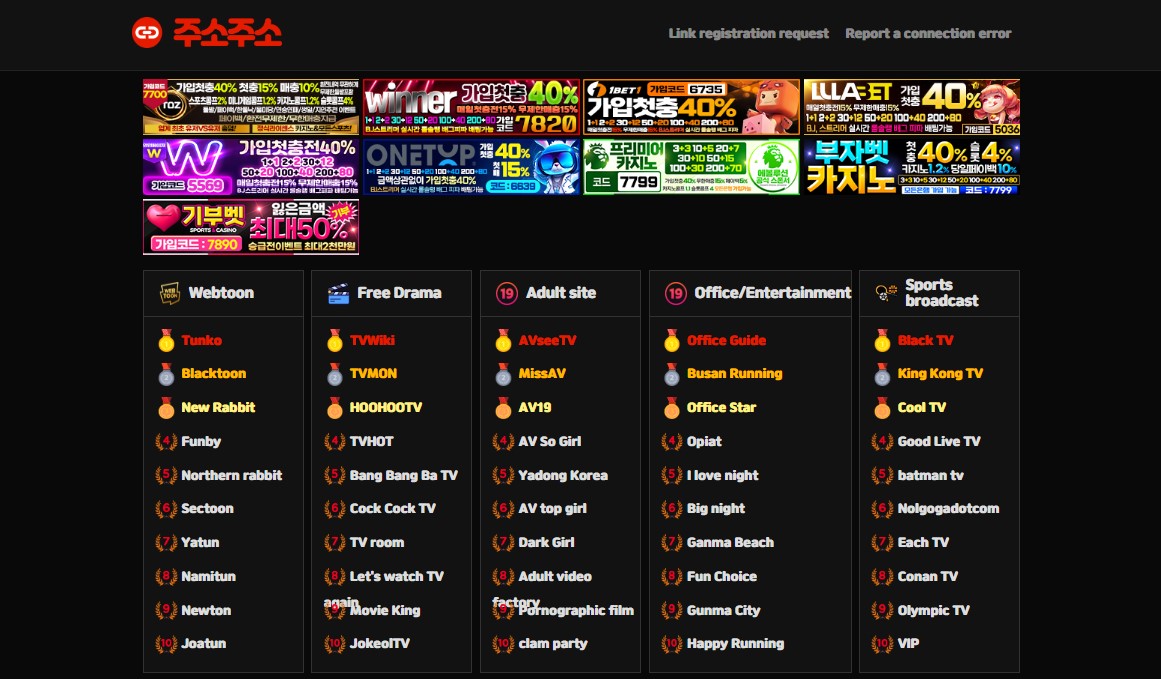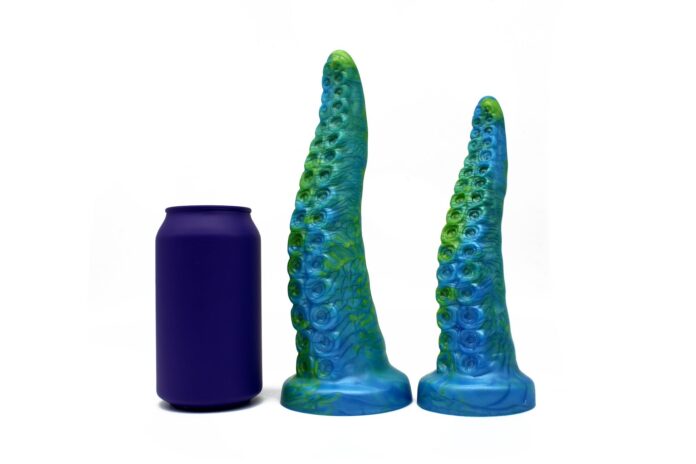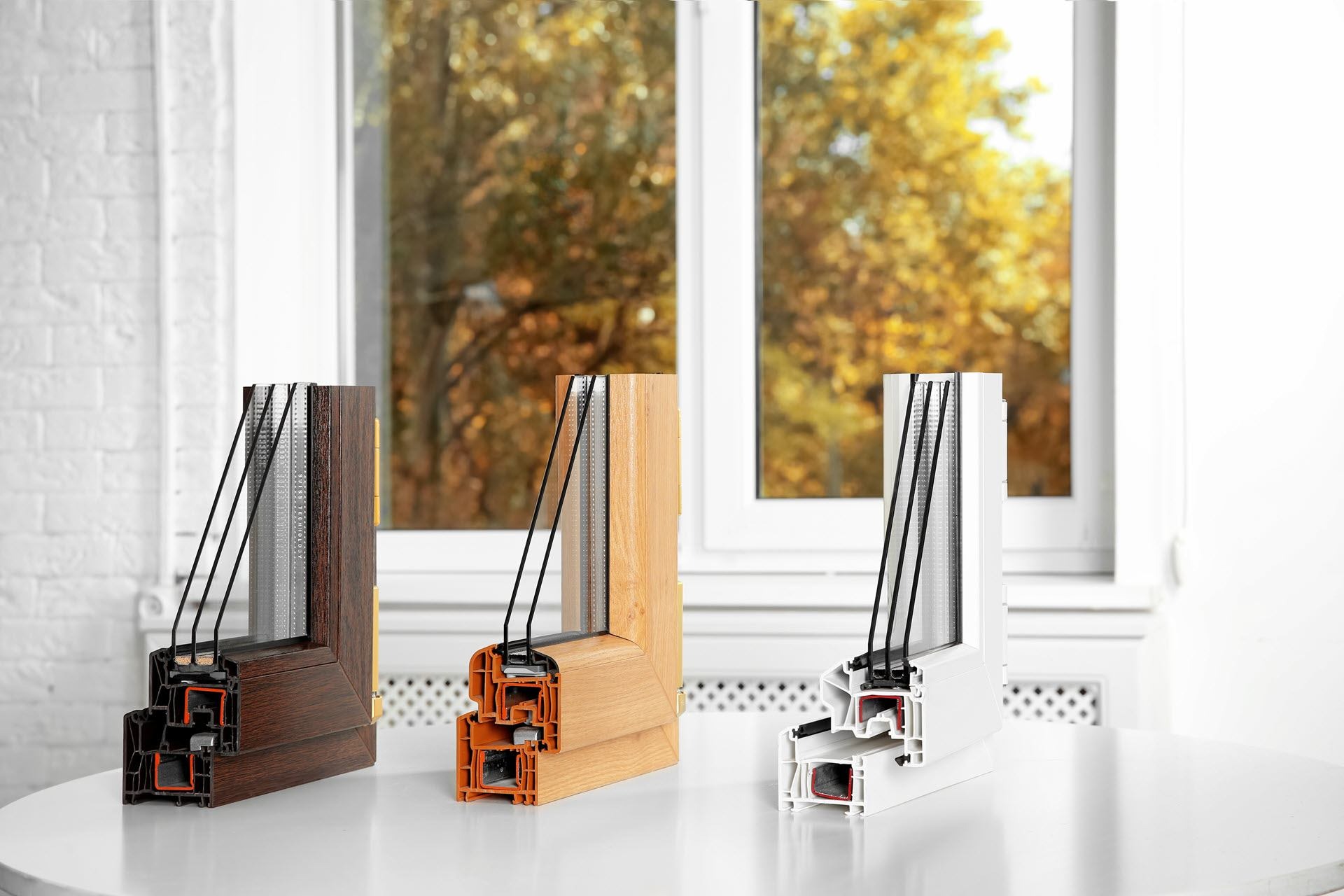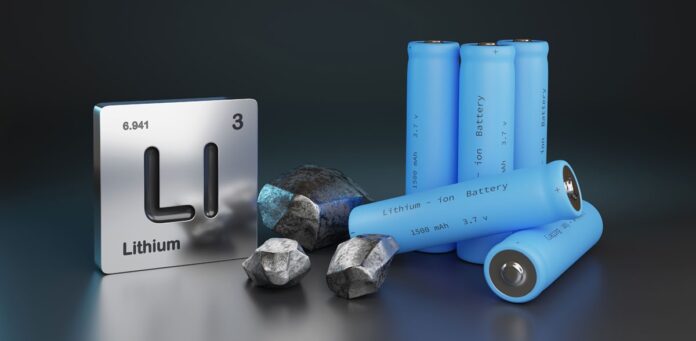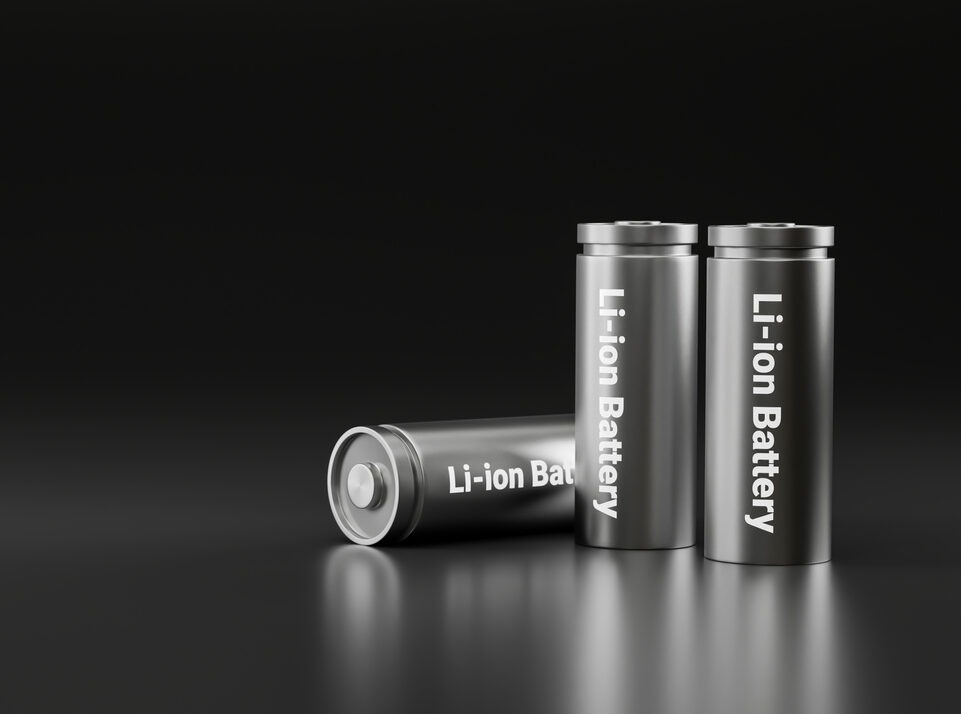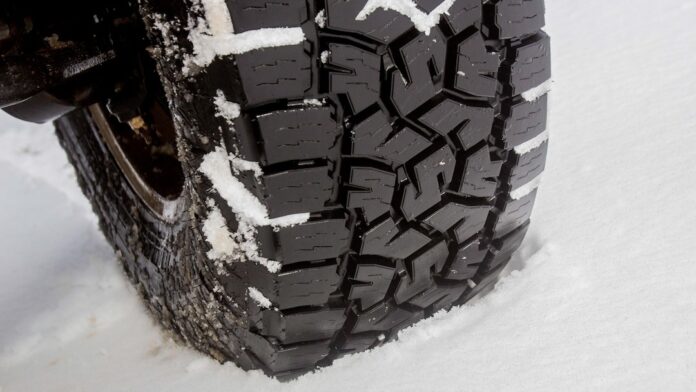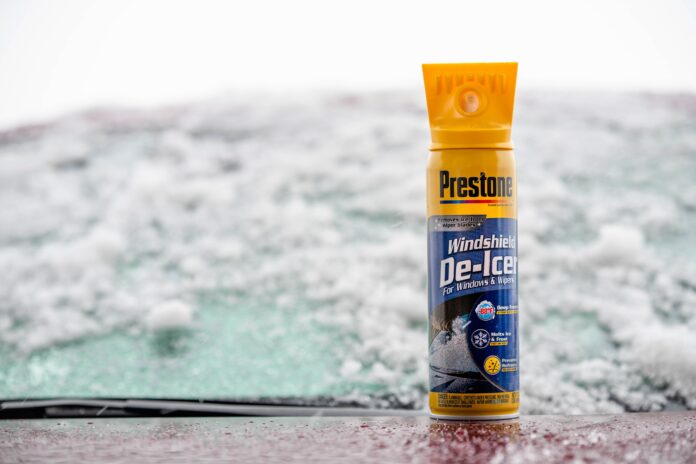You don’t need a corner office or even a physical office anymore to start a real, legal business. In 2025, business registration has gone digital, and it’s not just for tech geniuses or crypto bros. It’s for freelancers, remote teams, consultants, and anyone who wants to register a business while sipping coffee at home—or at a beachside Airbnb (no judgment).
This isn’t a loophole or a temporary pandemic workaround. Governments have caught on. Many now offer fully remote registration systems that are legitimate, secure, and fast. Still, just because you can register a company remotely doesn’t mean it’s automatically simple.
That’s where this guide comes in. I’ll walk you through the smartest way to register a business remotely in 2025—without getting tangled in red tape or buried in legal terms. Whether you’re just starting out or making your side hustle official, I’ve got your back.
Key Highlights
- Registering a business remotely in 2025 is more streamlined than ever.
- Legal requirements vary, but most countries now offer online portals.
- Choosing the right jurisdiction can significantly lower costs.
- Digital identity verification tools help speed up documentation.
- A remote setup doesn’t mean you’re skipping legal compliance.
- Places like Dubai offer low-cost, fully remote registration options.
Starting a Business Without Leaving Home

There’s something empowering (and slightly surreal) about sitting in your pajamas with coffee in hand, and registering a legal business halfway across the world. Welcome to 2025, where remote business registration is not just possible—it’s preferred by freelancers, nomads, and founders alike.
Gone are the days of standing in line at obscure government buildings or flying to a different country just to sign forms. Today, all you need is a decent internet connection, some legal awareness, and a bit of planning.
But—and this is a big but—not every country makes it easy. And if you’re planning to actually earn money through that business, taxes, fees, and legal compliance are still very real. So how do you do this smartly?
Let’s walk through it.
Pick the Right Country First

This part isn’t just about taxes—though yes, they matter. It’s also about ease of registration, transparency, and whether the country even allows remote incorporation.
Good places to consider include:
- Estonia – Their e-Residency program lets you register fully online.
- Singapore – Efficient, stable, and trusted globally.
- United Arab Emirates – Offers remote business licenses and tax-free zones.
- United States – Surprisingly doable for foreigners via services like Stripe Atlas.
- Georgia – Yes, the country, not the state—very freelancer-friendly.
If affordability is one of your priorities, the UAE is particularly appealing. With options for a low-cost business setup in Dubai, you can register a company remotely—often in a matter of days—without setting foot in the country. This has made it a go-to for freelancers and digital entrepreneurs who want a legal base in a tax-efficient location with access to global banking.
Know What Documents You’ll Need
Even when it’s remote, bureaucracy doesn’t vanish—it just changes form. Depending on where you’re registering, you’ll likely need some or all of the following:
- Scanned copy of your passport
- Proof of address (utility bill, bank statement, etc.)
- Digital signature or e-signature tools
- Business name and activity description
- Shareholder details (even if it’s just you)
Some countries will ask for notarized documents; others accept digital versions. Always check the country’s official business registry page—or hire a setup agency that knows the ropes.
Use a Reliable Agent or Incorporation Platform
Unless you’re a lawyer or love decoding tax codes in foreign languages, save your energy and use a trusted setup partner. They’re not just useful—they’re almost necessary in some countries.
Look for agents who offer:
- Transparent pricing (no hidden service fees)
- Full remote setup, including address and virtual office options
- Bank account assistance or fintech integrations
- Ongoing support for compliance and renewals
Platforms like Set Hub, e-Residency Estonia, or StartGlobal can help you cut through the legal fog.
Open a Business Bank Account (Yes, Remotely)

This one used to be the sticking point. But in 2025, a number of fintech banks cater specifically to remote businesses.
Good options include:
- Wise Business
- Payoneer
- Revolut Business
- Mercury (for US companies)
- Wio (for UAE companies)
Just make sure the bank accepts clients from your chosen country of registration and can issue invoices, support your currency needs, and provide a debit card if needed.
Tip: Some jurisdictions still require an in-person bank appointment—avoid those unless you want a business vacation.
Comply With Taxes and Reporting
Remote doesn’t mean rogue.
Even if you don’t live in the country where your business is registered, you’re still bound by its tax laws, annual reporting, and sometimes local regulations like:
- Annual renewal of business license
- Submission of financial reports
- Keeping a local registered agent or address
- VAT registration if applicable
And don’t forget: Your own home country may still require you to declare your foreign income, even if it’s tax-free elsewhere. Consult with an accountant who gets international setups. It’s worth every dollar.
Common Pitfalls to Avoid
You’d be surprised how often new founders skip steps—don’t be that person. A few things to watch out for:
- Not checking if your business type is allowed remotely (Some countries restrict media or fintech businesses.)
- Assuming you can skip taxes (You may owe taxes somewhere—know where.)
- Using your personal bank account for business. Bad for legality, worse for scaling.
- Relying solely on free advice online. Everyone’s situation is different.
Think long-term. Even if you’re just starting out, your setup should be clean, legal, and scalable.
Final Thoughts – Remote But Real

Setting up a business remotely isn’t about cutting corners—it’s about working smarter. In 2025, the global landscape favors founders who understand digital systems, trust professional help when needed, and choose their jurisdictions wisely.
Remote registration saves time and often a lot of money. But it still requires structure, good records, and knowing what your responsibilities are—even across borders.
And let’s be honest: doing all this from a sunlit café or your apartment couch feels a lot better than sweating in a government queue somewhere.
So yes, it’s fully possible—and totally worth it.



